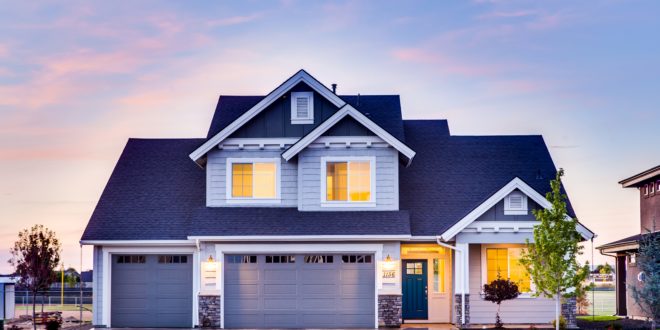Smart technology has changed the way people go about their daily lives. These devices provide convenience and luxury for mobile devices and residences. However, smart homes are now delivering a new benefit — a positive environmental impact.
With climate change in full force, smart advancements are necessary to offset the impact. Smart homes can contribute to reversing the effects when implemented on a large scale. Design and devices go hand-in-hand to create homes that conserve energy.
Home Design
Before the systems, software and gadgets, one of the smartest home innovations is the actual design. Architects and contractors should work with nature to create a dynamic household.
For instance, working with the sunrise and sunset is essential — which many refer to as “daylighting.” When houses have an optimal orientation toward the sunlight, they maintain better natural heating in the winter. Then, in the summer, the residents can use shades to block out the heat. This step reduces the amount of artificial heating and cooling and, with it, energy consumption and waste.
Landscaping can also provide shade and cooling. With trees next to windows, the house has shade in the summertime and sunlight in the winter when the trees lose their leaves.
Energy Consumption
Energy consumption and waste are delicate to balance. Consumption should be efficient and environmentally-friendly. Unfortunately, energy waste is a prominent issue as well.
Depending on where a house gets its energy from, that waste can quickly turn into pollution. If the house uses natural gas or another fossil fuel as its source, energy waste becomes emissions, like carbon dioxide. It’s then important for smart homes to include a range of technology that focuses on big and small energy-users.
Starting with heating and cooling, a smart home’s HVAC system can use a significant amount of energy. Smart thermostats are a helpful way to curb that usage. They can automatically adjust once the resident leaves the home, shutting down or making the temperature higher or lower depending on the season. An individual can remotely control the thermostat when they’re on-the-go, too.
Lighting is a big source of energy consumption as well. Incandescent lightbulbs are short-term, energy-wasting options. However, LEDs or CFLs are energy-saving and long-lasting alternatives. An LED can last for 25,000 hours, whereas an incandescent can only last for 750.
There are only so many fixes that are specific to appliances, like smart thermostats and LEDs, though. To address the energy and electricity use of more devices in a home, it’s important to look at the outlets. So-called “vampire energy” loss occurs when plugged-in devices continue to drain power even while not in use. This consumption then adds up to higher prices.
A simple fix to this drainage is to unplug everything. However, residents won’t always remember to do so. Instead, smart power strips offer ways to reduce vampire energy. A homeowner can plug their devices into the outlets on the strip that turn off when not in use. That way, the home takes the energy savings into its own “hands.”
Water Conservation
Water is another crucial resource that the citizens of Earth cannot afford to waste. Appliances like washing machines, plus showerheads, toilets and other water fixtures, are some of the biggest culprits when it comes to wasting water. However, small leaks frequently add up to high levels of water waste and spiraling costs.
Luckily, new technology can help. With things like smart water shutoff, leak monitoring and detection systems, water detectors and hubs for monitoring usage, a household can get on top of its water consumption to start conserving immediately. These innovations help track and stop leaks, automatically reduce water waste and present residents with accurate and actionable numbers.
As water waste drops and conservation increases, residents find that their water bills fall in response. It’s a win-win situation — less water in use helps the environment and costs less for households.
Smart Home Superhero
What makes smart homes the new superheroes? Ultimately, it comes down to the details. As households take design steps as well as energy and water conservation measures, they become more environmentally-friendly. Less energy and water usage mean more sustainability.
With a global focus on green tech, smart homes could be the way to reduce energy waste, water waste and emissions on a large scale. Sustainability can thrive when we focus first on where (and how) we live.



